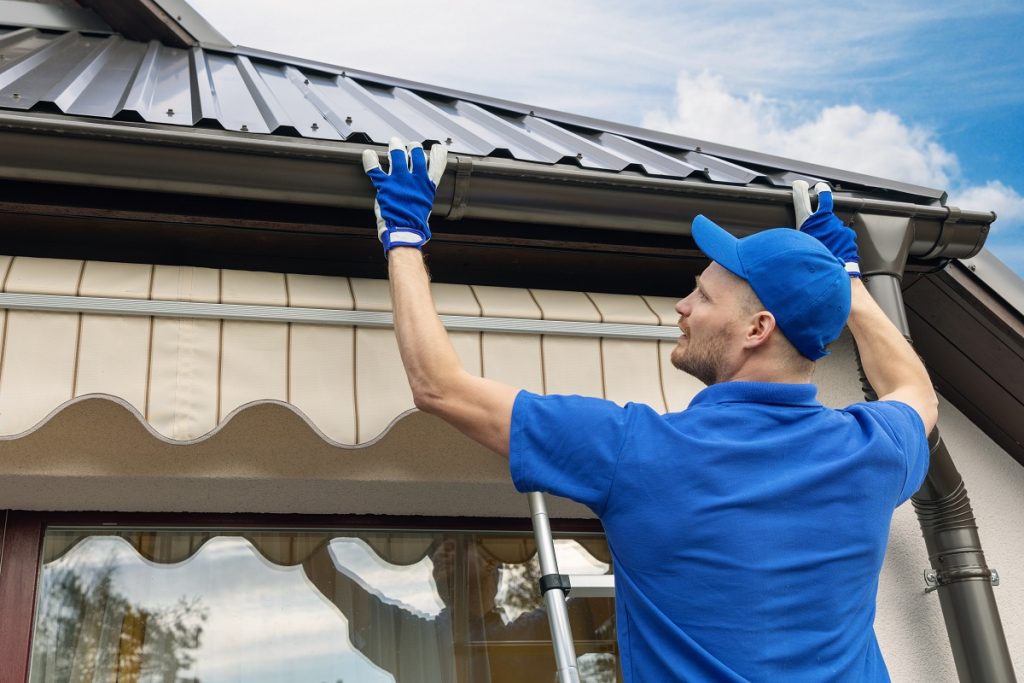For a lot of homeowners, renovating a home can be a major project. You’ll have to invest a significant amount of money that can reach more than five figures. Also, you’ll have to spend time planning doing some consideration on what you want to do, such as if you should acquire the services of a commercial concrete repair company to replace the driveway or just DIY it.
One major project to take on is repairing or replacing the roof. Since tearing it down and replacing it can be a time-consuming and expensive process, most are usually designed to last a lifetime. However, if you’re in a budget, some roofs can last around 20 to 30 years, depending on how exposed it is to harsh weather. Most people usually think about the durability and the aesthetic appeal of shingles and roofing. Still, in reality, the life expectancy of a roof will dictate how your roof system will perform in the coming years.
But before we do discuss the different ways of extending the usual lifespan of our roof, we’ll need to consider each material.
Life Expectancy of Each Material
Roofing materials are not just made up of a single be-all-end-all material, and most are made out of varying raw materials. Whether it’s wood, metal, rubber, or naturally cut stone, most of these materials will have their own unique traits. A part of these unique traits is the lifespan of each of these materials.
Roofs are usually exposed to different weather conditions since they’re there to protect your home from heavy rain, hail, and even the wind. That said, it needs to have a balance of both lifespan and durability. For most of the roof materials that are used, they have around an average lifespan of 25 to 50 years.
There is a wide variety of options that you can choose from, but for now, we’ll be focusing on some of the most well-known roof materials. What are some unique traits that each one has, and how do they fare well in different weather conditions?
Solar Tiles
With a growing need for renewable energy, most people are phasing out fossil fuels for solar energy. Usually, this type of tiles will last around 25 to 30 years, but the main strength that it has is cutting down on expenses on monthly energy costs. Because of its low-maintenance nature and high-demand, it does have a hefty price tag.
3-Tab Shingles
These shingles are the cheapest and most abundant in any depot that you go to. Usually, this will have an average lifespan of around 15 to 20 years. What makes this type of roofing quite popular is that it can provide moderate amounts of protection, which is enough to stave off storm damage and heavy rain. There’s a lot to gain from asphalt shingles, but there are more cost-effective materials.
Architectural Shingles
Some would consider these shingles to be a classier and sturdier version of 3-tab asphalt shingles. It’s an upgrade from its cousin as it’s known for having a 3-dimensional curb appeal that will make it pop out. In terms of lifespan, it’s around 20 to 30 years, but some more expensive versions will be able to last 30 to 50 years.

Slate Shingles and Tiles
This type of roofing has an average lifespan of 100 years, which makes it one of the best roof materials in the market. You’ll usually see these in towns that are in the path of strong winds since the roof’s weight can hold down your home even from the strongest storms. Because it’s such in high demand and has a good lifespan, it can be quite rare and will sometimes have a heavy price.
Metal Roofing
There are two types of metal roofing that you’ll need to keep a lookout for. First is corrugated metal roofs, which are considerably cheaper and standing seam roofing, which is a bit expensive but is more durable than corrugated roofing. So far, metal roofs are a great way of defending homes from high winds and devastating hail storms. On average, metal roofs will usually last you around three to five decades, depending on the quality of the alloy that’s used and other external factors.
It’s important to note that no matter how sturdy or long-lasting the roof of your home is, it’s best not to overlook the foundations. Your walls, flooring, and foundation of your home can help protect your home from the elements. If you ever see cracking, erosion, and damage to your foundation, you can always commission the services of a repair company.
To make the long story short: most roofing materials are designed to last a couple of decades, but some can last more than a lifetime. The more budget-friendly materials in the market tend to last around 20 to 30 years, while those that are used for more luxurious homes tend to last approximately 50 to 100 years. Of course, let’s not forget about external factors that might also affect the roof’s lifespan. Storms, heavy rain, hailstorms, and snow can leave lasting damages to these materials, so roof repair and maintenance should be observed annually.
